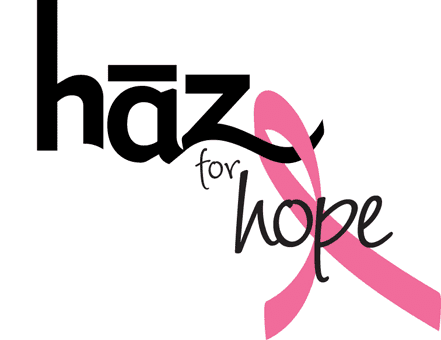
|
Schizophrenia
Schizophrenia is a serious mental disorder in which people interpret reality abnormally. Schizophrenia may result in some combination of hallucinations, delusions, and extremely disordered thinking and behavior that impairs daily functioning, and can be disabling.
Schizophrenia is not a terribly common disease but it can be a serious and chronic one. Worldwide about 1 percent of the population is diagnosed with schizophrenia, and approximately 1.2% of Americans (3.2 million) have the disorder. About 1.5 million people will be diagnosed with schizophrenia this year around the world. In the United States, this means about 100,000 people will be diagnosed, which translates to 7.2 people per 1,000 or about 21,000 people within a city of 3 million who are likely to be suffering from schizophrenia.
Schizophrenia can affect people throughout the lifespan although new instances of the illness are most likely to occur in early adulthood. It is relatively rare for children and older adults to develop schizophrenia, but it does happen. More commonly the incidence (rate of diagnosis) of new cases of schizophrenia increases in the teen years, reaching a peak of vulnerability between the ages of 16 and 25 years. Men and women show different patterns of susceptibility for developing schizophrenic symptoms. Males reach a single peak of vulnerability for developing schizophrenia between the ages of 18 and 25 years. In contrast, female vulnerability peaks twice; first between 25 and 30 years, and then again around 40 years of age.
Source of information: www.mayoclinic.org
